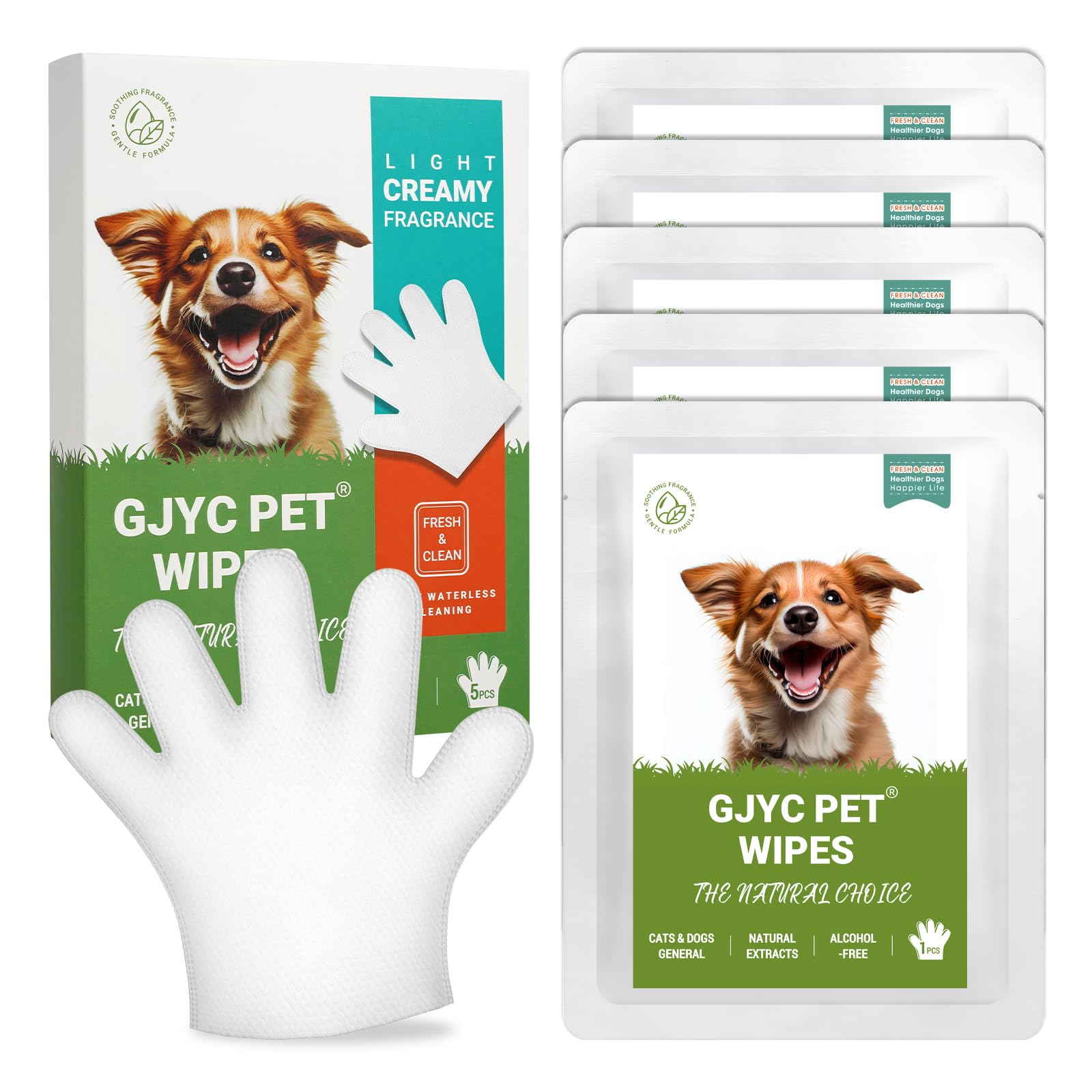
I. Introduction
In our lives, pets, whether they are furry companions or feathered friends, bring joy, companionship, and unconditional love. However, they can also make a mess, especially when it comes to their grooming needs. Pet cleaning wipes can be a valuable tool for keeping your pet clean and healthy in between baths.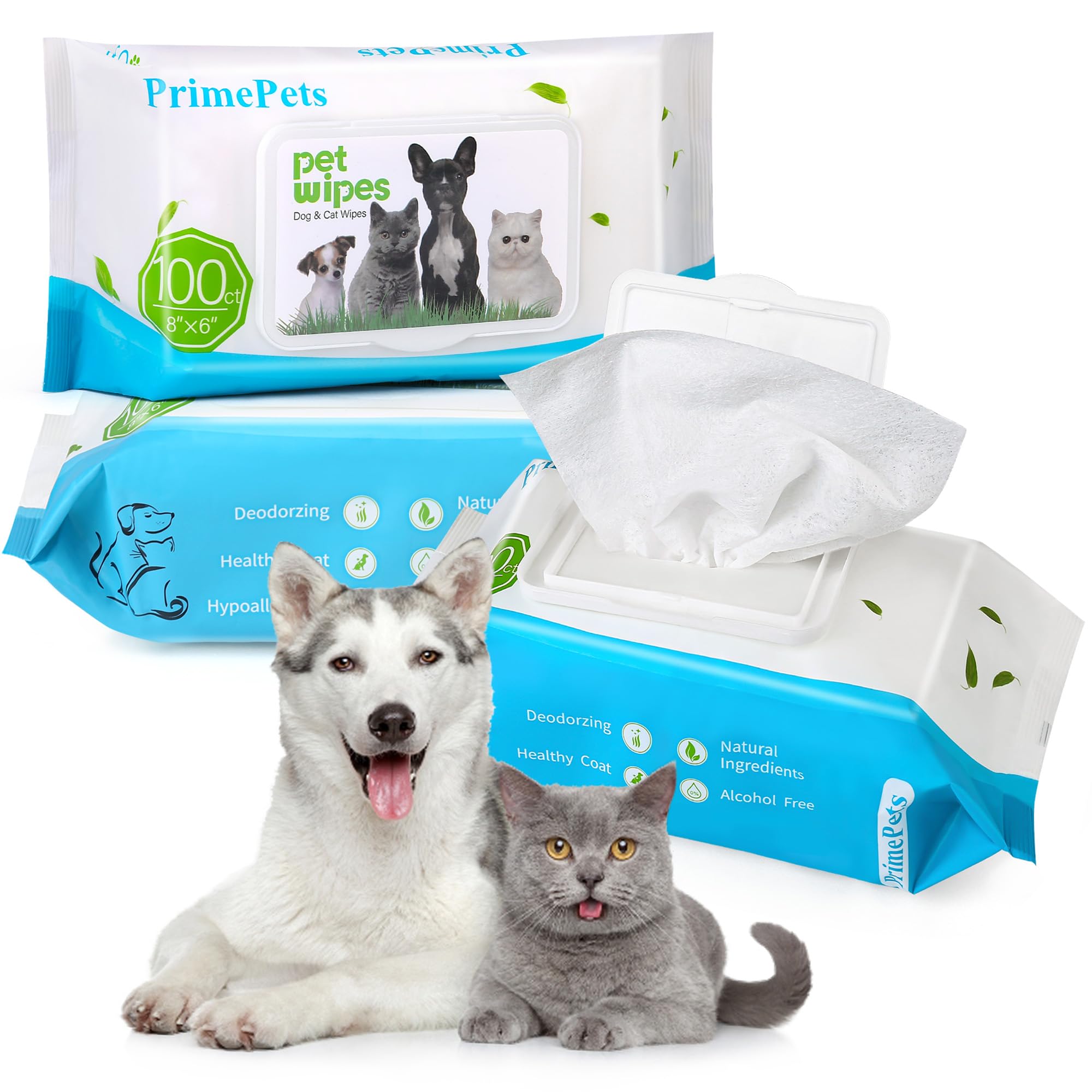
A. Considering Your Pet’s Needs: Factors such as age, breed, skin type, and activity level influence the type of wipes suitable for your pet.
-
Age: Puppies and kittens may have more delicate skin, requiring wipes formulated for sensitive skin.
-
Breed: Breeds with long, thick fur may need wipes with stronger cleansing properties, while short-haired breeds may benefit from wipes with moisturizing ingredients.
-
Skin Type: Pets with sensitive skin require wipes free of harsh chemicals and fragrances, while those with allergies may need wipes specifically designed for allergy-prone skin.
-
Activity Level: Highly active pets may require more frequent cleaning, necessitating a larger supply of wipes.
B. Understanding the Ingredients: Carefully review the ingredient list to avoid harsh chemicals, fragrances, or allergens that could irritate your pet’s skin.
-
Water: Water is the primary ingredient and serves as the base for the cleansing solution.
-
Mild Cleansers: Gentle cleansers like aloe vera, coconut oil, or chamomile extracts effectively remove dirt and grime without irritating the skin.
-
Moisturizers: Moisturizing ingredients like glycerin or vitamin E help keep your pet’s skin hydrated and prevent dryness.
-
Conditioners: Conditioners, such as panthenol or shea butter, soften and smoothen the fur, leaving it shiny and manageable.
C. Choosing the Right Wipe Type: Selecting the appropriate wipe type, such as general-purpose, antibacterial, deodorizing, or sensitive skin wipes, is essential.
-
General-purpose wipes: These wipes are suitable for everyday cleaning and can be used on most areas of your pet’s body.
-
Antibacterial wipes: These wipes contain antibacterial ingredients to help kill bacteria and prevent infections.
-
Deodorizing wipes: These wipes are designed to neutralize odors and leave your pet smelling fresh.
-
Sensitive skin wipes: These wipes are formulated with hypoallergenic ingredients for pets with sensitive skin.
-
Eye and ear wipes: These wipes are specially formulated for cleaning delicate areas like the eyes and ears.
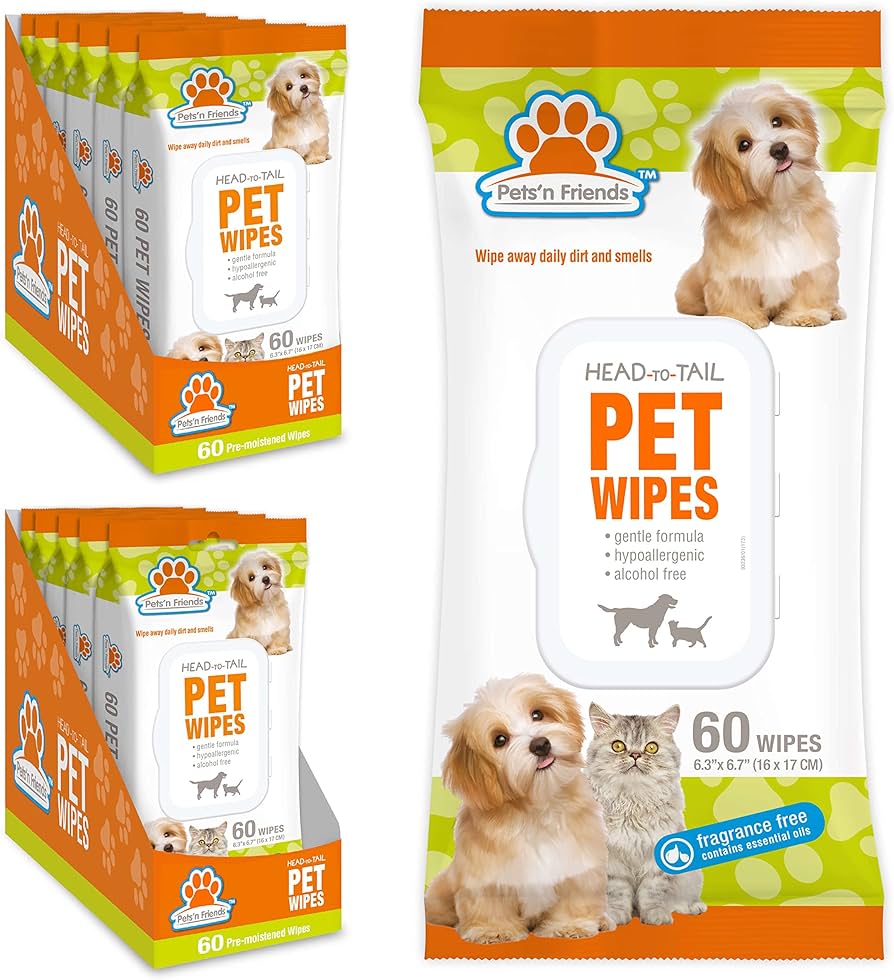
III. Essential Ingredients for Safe and Effective Pet Cleaning Wipes
A. Water: Water is the primary ingredient and serves as the base for the cleansing solution. Choose wipes with purified or distilled water to avoid potential contaminants.
B. Mild Cleansers: Gentle cleansers like aloe vera, coconut oil, or chamomile extracts effectively remove dirt and grime without irritating the skin.
-
Aloe vera: Aloe vera has anti-inflammatory and soothing properties that can calm and moisturize the skin.
-
Coconut oil: Coconut oil is a natural moisturizer that hydrates and nourishes the skin.
-
Chamomile extract: Chamomile extract has anti-inflammatory and calming properties that can soothe irritated skin.
C. Moisturizers: Moisturizing ingredients like glycerin or vitamin E help keep your pet’s skin hydrated and prevent dryness.
-
Glycerin: Glycerin attracts and retains moisture, helping to keep the skin hydrated and supple.
-
Vitamin E: Vitamin E is an antioxidant that protects the skin from environmental damage and promotes healing.
D. Conditioners: Conditioners, such as panthenol or shea butter, soften and smoothen the fur, leaving it shiny and manageable.
-
Panthenol: Panthenol is a provitamin of vitamin B5 that helps to moisturize and condition the fur.
-
Shea butter: Shea butter is a natural moisturizer that nourishes and softens the fur, leaving it shiny and manageable.
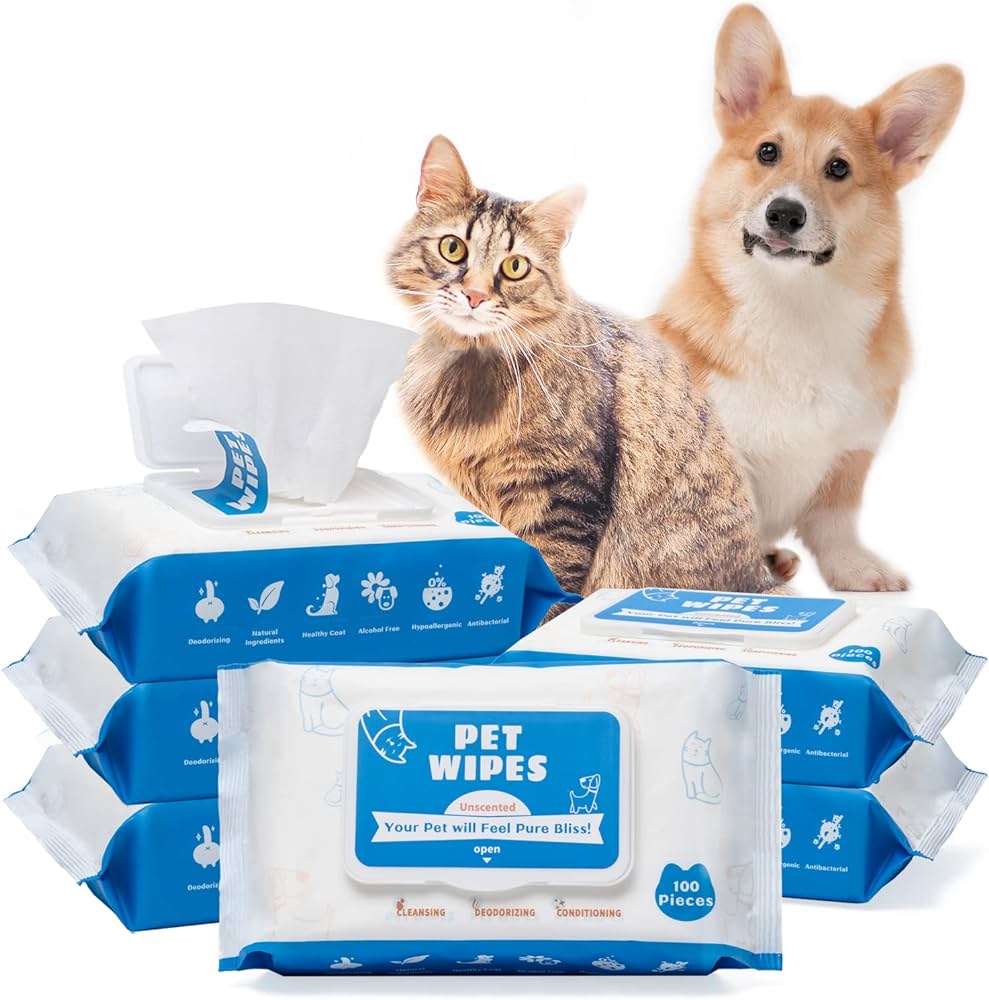
IV. Avoiding Harmful Ingredients in Pet Cleaning Wipes
A. Harsh Chemicals: Avoid wipes containing harsh chemicals like alcohol, detergents, or parabens, which can cause skin irritation and dryness.
-
Alcohol: Alcohol can strip away the skin’s natural oils, leading to dryness and irritation.
-
Detergents: Harsh detergents can disrupt the skin’s natural barrier, making it more susceptible to irritation and infection.
-
Parabens: Parabens are preservatives that have been linked to potential health concerns, including hormone disruption.
B. Artificial Fragrances: Artificial fragrances can trigger allergies or sensitivities in pets, especially those with sensitive skin.
-
Synthetic fragrances: Synthetic fragrances are often made from harsh chemicals that can irritate the skin and respiratory system.
-
Natural fragrances: While some natural fragrances may be less irritating, it’s still best to choose fragrance-free wipes for pets with allergies or sensitivities.
C. Allergens: Be cautious of wipes containing common allergens like corn, wheat, or soy, which could cause allergic reactions in some pets.
-
Corn: Corn is a common allergen in pets and can cause itchy skin, redness, and digestive problems.
-
Wheat: Wheat is another common allergen in pets and can cause similar symptoms to corn allergies.
-
Soy: Soy is a less common allergen in pets, but it’s still important to be aware of it, especially if your pet has known food allergies.
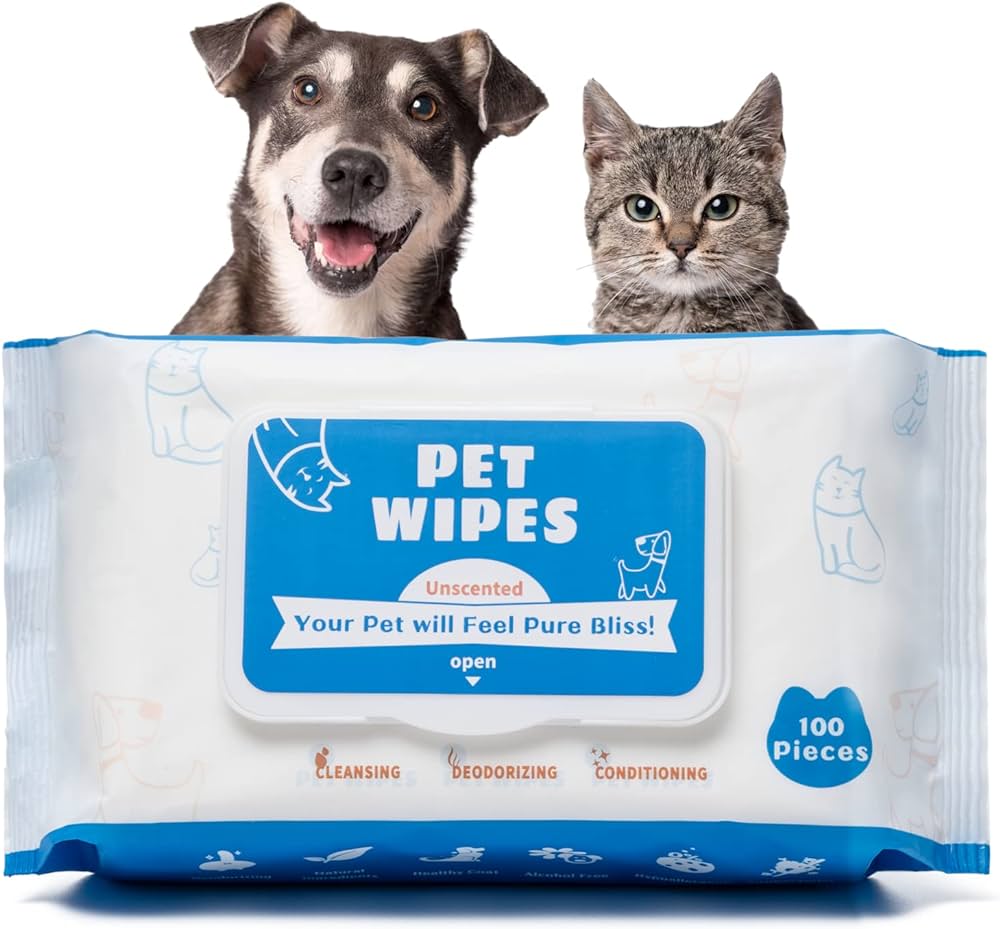
V. Ensuring the Effectiveness of Pet Cleaning Wipes
A. Texture: Choose wipes with a soft and gentle texture to avoid abrading or irritating your pet’s skin. Look for wipes made from a non-woven fabric that is soft and absorbent.
B. Size and Packaging: Select wipes that are conveniently sized for easy cleaning and come in a resealable package to prevent moisture loss.
-
Size: Choose wipes that are large enough to clean the desired area effectively but not so large as to be wasteful.
-
Packaging: Resealable packaging helps keep the wipes moist and prevents them from drying out, ensuring they remain effective for cleaning.
C. Brand Reputation: Opt for wipes from reputable brands known for using high-quality ingredients and producing safe and effective products. Look for brands that have a good track record and positive reviews from other pet owners.
VI. Tips for Using Pet Cleaning Wipes Properly
A. Introduce Wipes Gradually: Allow your pet to get accustomed to the sensation of the wipes before regular use. Gently wipe a small area of your pet’s fur and observe their reaction.
B. Gentle Application: Use a gentle wiping motion, avoiding harsh rubbing or scrubbing that could irritate the skin. Wipes should cleanse effectively without needing excessive force.
C. Separate Wipes for Each Area: Use a fresh wipe for each area to prevent cross-contamination and potential infections. This is especially important when cleaning around the eyes, ears, or genitals.
D. Proper Disposal: Discard used wipes in the trash and avoid flushing them down the toilet to prevent environmental damage. Most pet cleaning wipes are not biodegradable and can clog plumbing systems.
VII. Additional Benefits of Using Pet Cleaning Wipes
A. Bonding Experience: Cleaning your pet with wipes can strengthen your bond and create a positive interaction. The act of gentle grooming can be a calming and relaxing experience for both you and your pet.
B. Peace of Mind: Knowing your pet is clean and fresh can provide peace of mind, especially after outdoor activities or interactions with other pets. Pet wipes can help remove dirt, allergens, and potential parasites that your pet may have picked up.
C. Preventing Messes: Regular cleaning with wipes can help reduce the spread of dirt, bacteria, and allergens throughout your home environment. This is especially beneficial for pet owners with allergies or sensitivities.
VIII. Environmental Considerations When Choosing Pet Cleaning Wipes
A. Biodegradable Wipes: Opt for wipes made from biodegradable materials that break down naturally, reducing landfill waste. Look for wipes labeled as “compostable” or “biodegradable” for a more eco-friendly choice.
B. Sustainable Packaging: Choose wipes packaged in recycled materials or recyclable packaging to minimize environmental impact. Look for packaging made from recycled paper or cardboard, or choose wipes with minimal packaging overall.
C. Minimize Wipe Usage: Utilize wipes judiciously and combine their use with regular brushing and grooming to reduce overall wipe consumption. Brushing helps remove loose fur and dirt, minimizing the need for frequent wipe cleaning.
D. Proper Disposal: Always dispose of pet wipes responsibly in the trash, avoiding flushing them down the toilet. Flushing wipes can contribute to sewer blockages and environmental pollution.
IX. A Balanced Approach to Pet Hygiene
Pet cleaning wipes are a valuable tool for maintaining pet hygiene, but they should not replace regular baths and professional grooming. Establish a comprehensive hygiene routine that includes:
-
Regular Brushing: Brushing your pet regularly with a suitable brush helps remove loose fur, dirt, and allergens, promoting healthy skin and coat.
-
Scheduled Baths: Depending on your pet’s breed, coat type, and activity level, schedule regular baths using a veterinarian-approved shampoo. Bathes help remove dirt, oils, and allergens that wipes cannot reach.
-
Occasional Professional Grooming: For certain breeds or pets with specific needs, professional grooming services can ensure thorough cleaning, address matting, and promote overall pet health. Professional groomers have the experience and equipment to provide a deep clean and maintain a healthy coat.
-